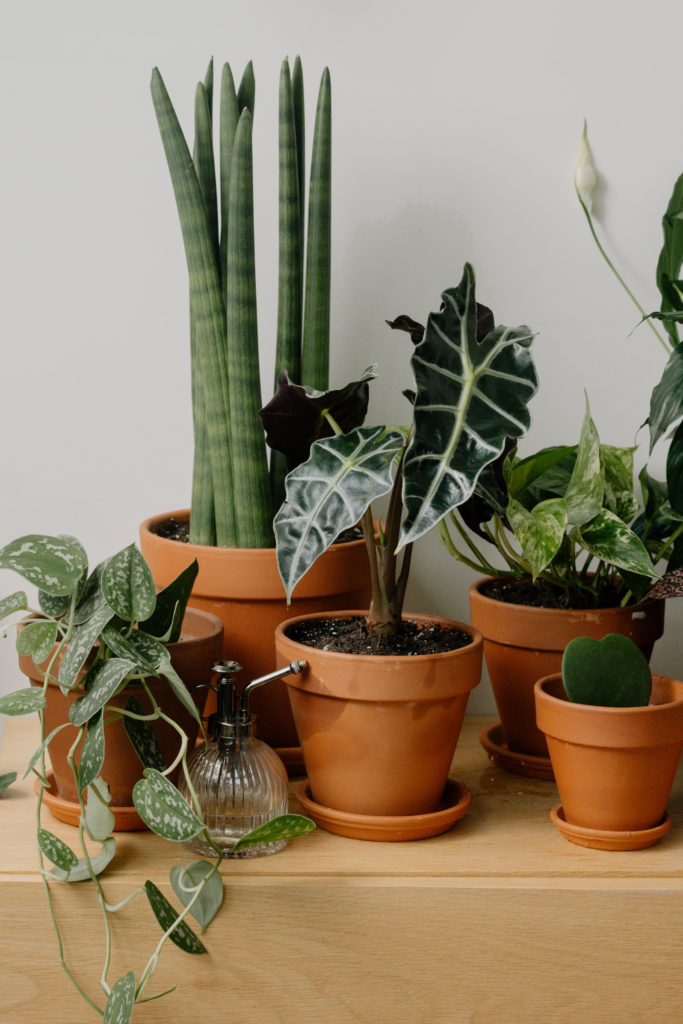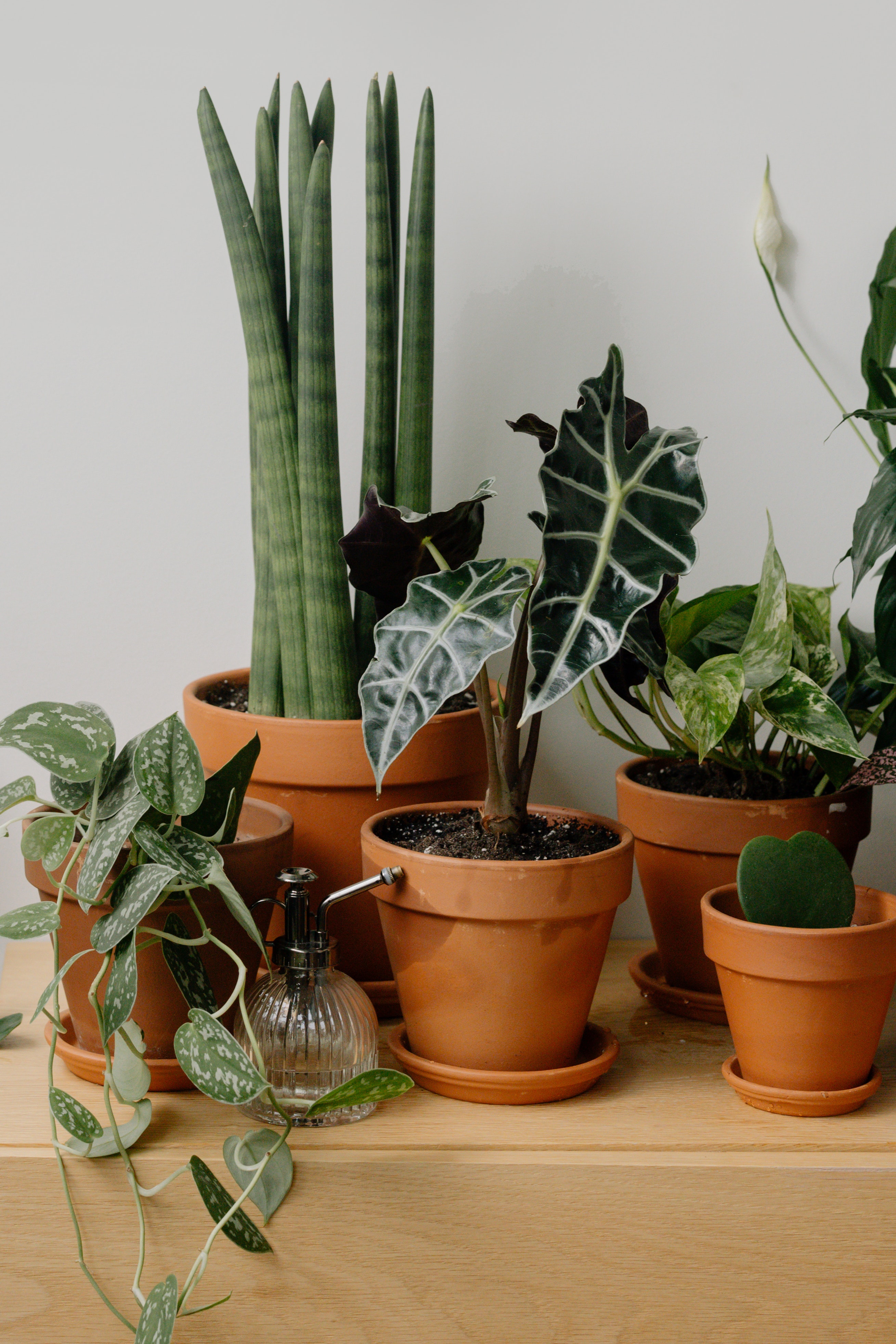
Simple Steps To Improve Indoor Air Quality

Air quality is not something people generally think about when cleaning their home, but it has a huge impact on health. There are simple ways to get cleaner air in your home with little to no effort.
Indoor air pollution
Chemicals found in synthetic furniture, flooring, and some appliances leak into the air in your home without detection. This, coupled with a lack of air flow, can be the culprit for most indoor air pollution. Minor sources of indoor air pollution are excess moisture and unnatural household cleaning products.
Indoor AIr Quality (IAQ) and how it’s measured
IAQ (indoor air quality) refers to the air quality as it relates to the comfort and health of the building occupants. IAQ is measured through an IAQ Sensor. Some varieties can be expensive depending on how much you want analyzed, but basic ones are affordable. The sensor monitors and gives feedback on the level of VOC’s (volatile organic compounds) in the space that come from paints, sprays, cleaners, and furniture.
What is a good IAQ Index Score?
A home with an IAQ Index score of 150 would be considered to have very poor indoor air quality. A score of 0 would be an exemplary IAQ score.
What health problems can poor air quality produce or enhance?
Poor IAQ can produce a wide array of health issues. Minor issues include irritation of the eyes, nose, and throat, headaches, dizziness, and fatigue. Symptoms like these will come and go like a cold, commonly mistaken for allergies. Long term effects after exposure for long periods of time can be different respiratory diseases, heart conditions, and sometimes cancer.
What can I do to improve my IAQ?
Have no fear, because there are simple, easy steps you can take around your home to instantly improve your IAQ. Options include: air purifying plants, air cleaners, ventilation improvements, and natural cleaning products or furniture.
What are the top 10 air purifying plants?
CAUTION: If you have a cat or a dog in your house, you need to do a little more research on which plants are toxic to them.
Spider Plants
Dracaenas
Golden Pothos
Areca Palms
Chrysanthemums
Bamboo
English Ivy
Rubber Plants
Chinese Evergreen
Peace Lily
It can be stressful to hear that our spaces are full of different health risks. Now that you know about IAQ, you can take the suggested steps to improve your living space.
